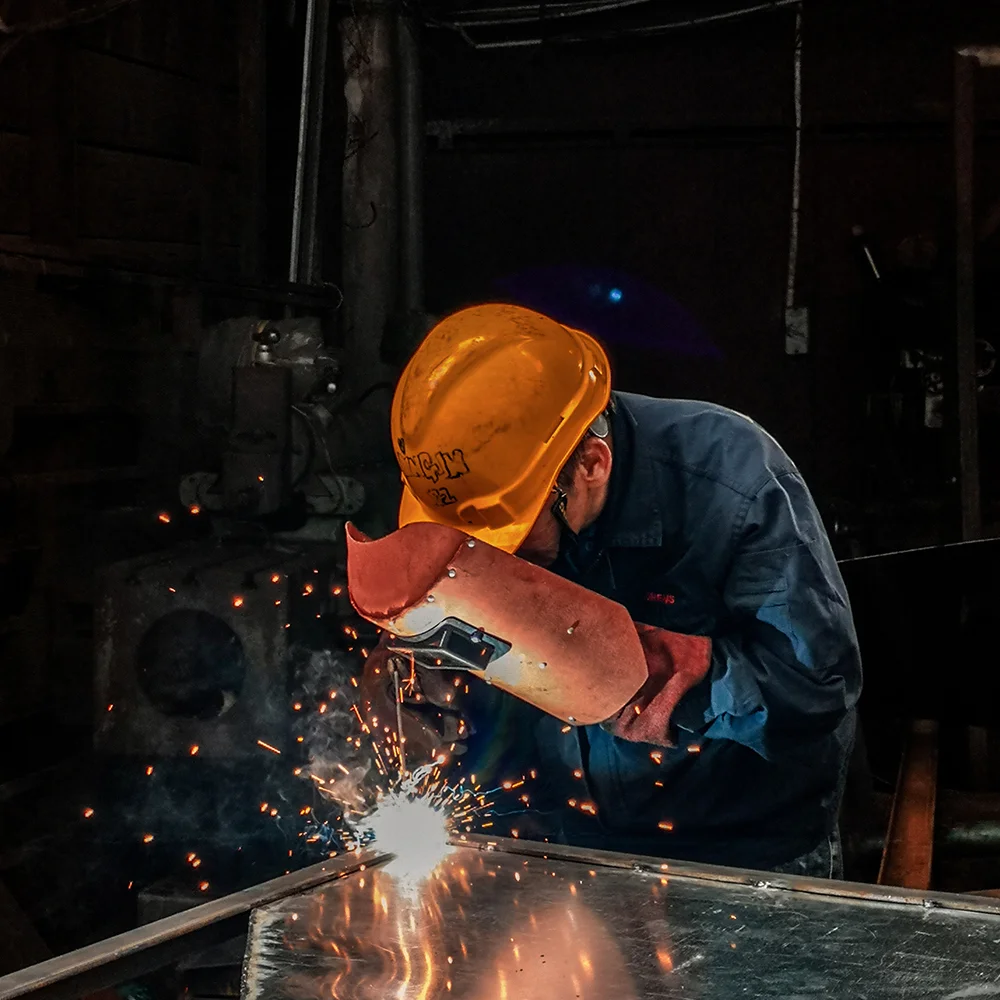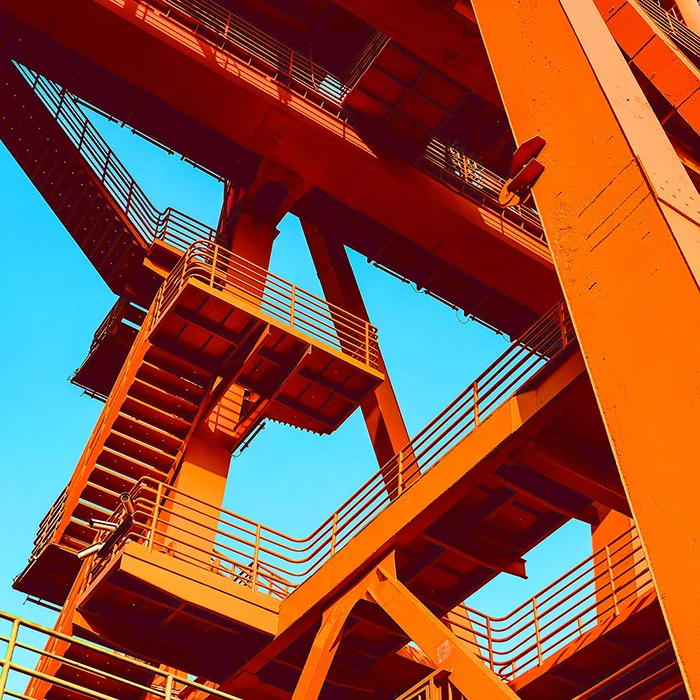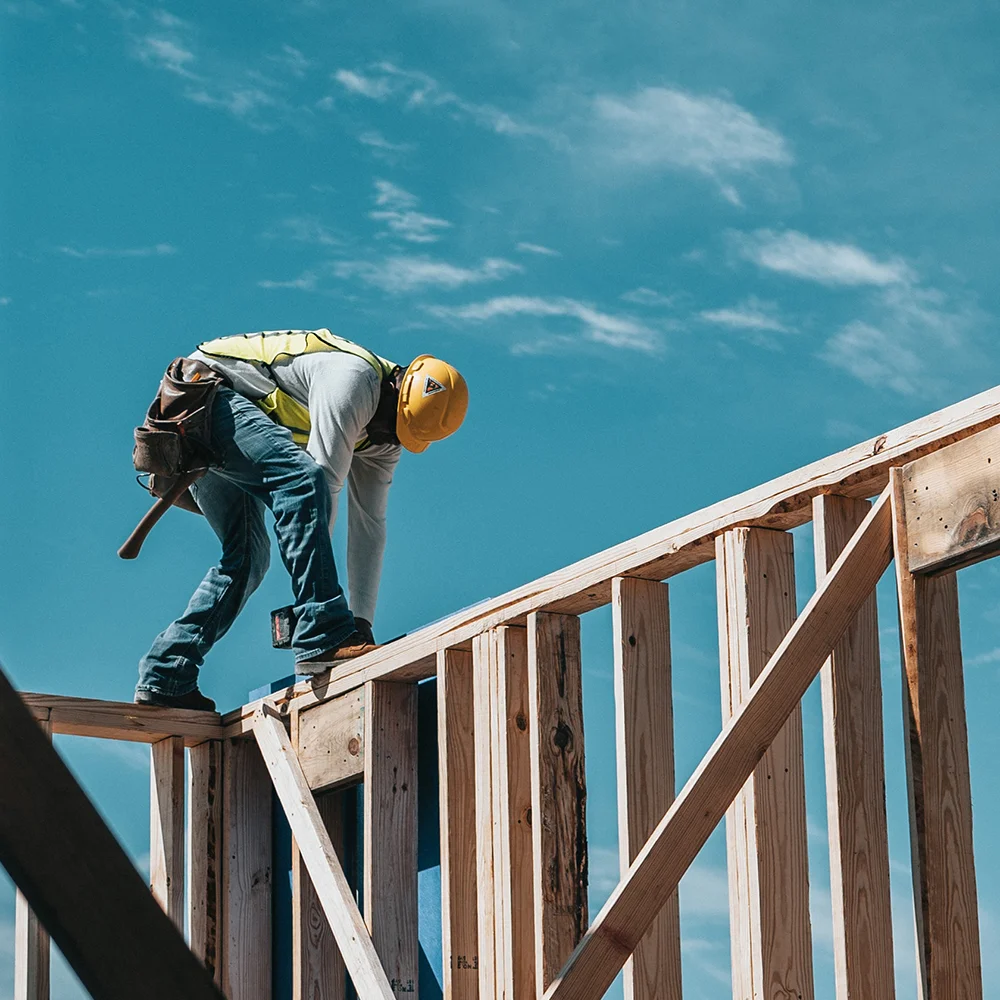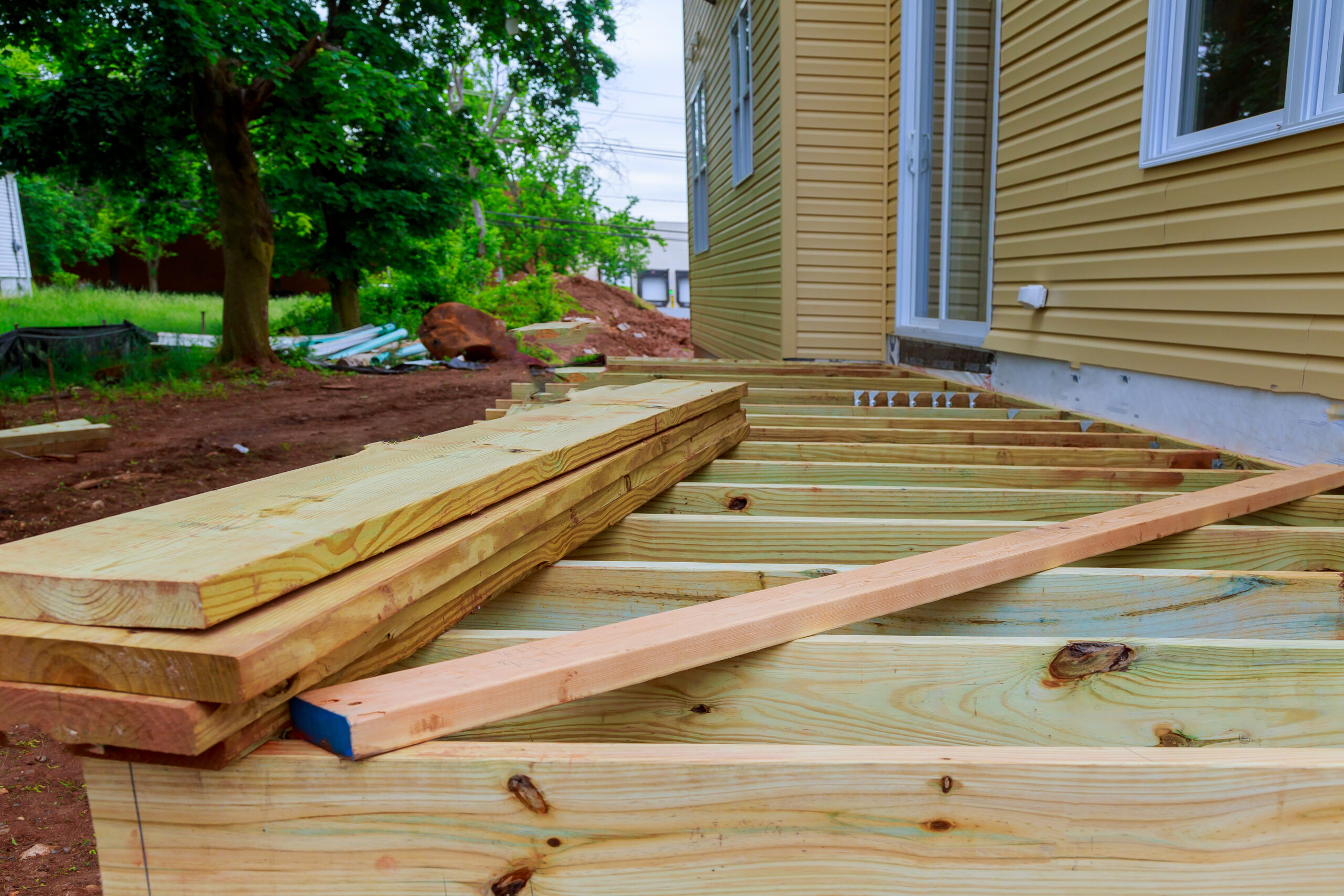
Welcome readers to our in-depth exploration of deck replacement. Decks serve as versatile outdoor spaces, providing areas for relaxation, socializing, and enjoying the outdoors. Over time, however, decks can deteriorate due to various factors, prompting the need for replacement. In this comprehensive guide, we delve into the signs indicating the necessity of deck replacement, the underlying causes of these issues, and the importance of timely intervention to maintain safety and aesthetics.
Structural Damage
Structural damage encompasses any deterioration or weakening of the fundamental elements of a deck’s framework, including posts, beams, and joists. Visible signs of structural damage may include cracks, splits, or sagging in the deck’s structure. These issues can arise from prolonged exposure to moisture, insect infestation, or simply the natural aging process of the materials. Addressing structural damage promptly is crucial to prevent safety hazards such as collapse or failure under load, as well as to preserve the structural integrity of the deck.
Rotting Wood
Wood rot is a common concern for decks, particularly in areas with high humidity or frequent rainfall. It occurs when moisture penetrates the wood, providing an ideal environment for fungi and bacteria to thrive. Additionally, pests such as termites can exacerbate the problem by further weakening the wood. Signs of wood rot on a deck include soft, spongy areas, discoloration, or the presence of fungal growth. Preventative measures such as regular sealing and treating the wood can help mitigate the risk of rot, but once it has set in, replacement of affected components may be necessary to ensure the deck’s longevity and safety.
Loose or Wobbly Boards
Loose or wobbly boards pose a significant safety risk on a deck, as they can lead to trips, falls, or even structural failure. These issues may arise from inadequate fastening, wood deterioration, or warping due to exposure to the elements. Inspecting for loose boards involves checking for movement or instability when walking on the deck. While minor issues may be addressed through DIY repairs such as tightening screws or replacing fasteners, more severe cases may require professional intervention to ensure proper stabilization and safety.
Fading or Discoloration
Fading or discoloration of a deck’s surface not only detracts from its aesthetic appeal but can also indicate underlying issues such as sun damage or mold growth. Prolonged exposure to UV radiation can cause the wood to fade and degrade, while moisture and organic matter can promote the growth of mold and mildew. Preventative measures such as applying UV-resistant stains or regularly cleaning the deck can help mitigate fading and discoloration. However, if these issues persist or worsen over time, replacement of the affected decking may be necessary to restore the deck’s appearance and structural integrity.
Age of the Deck
The age of a deck is an important factor to consider when assessing its condition and potential need for replacement. While well-built and maintained decks can last for several decades, the materials used and the level of maintenance received can significantly impact their lifespan. Factors such as exposure to harsh weather conditions, fluctuating temperatures, and insufficient sealing or staining can accelerate the aging process and lead to premature deterioration. Regular inspections and maintenance can help prolong the life of a deck, but eventually, the cumulative effects of wear and tear may necessitate replacement to ensure continued safety and functionality.
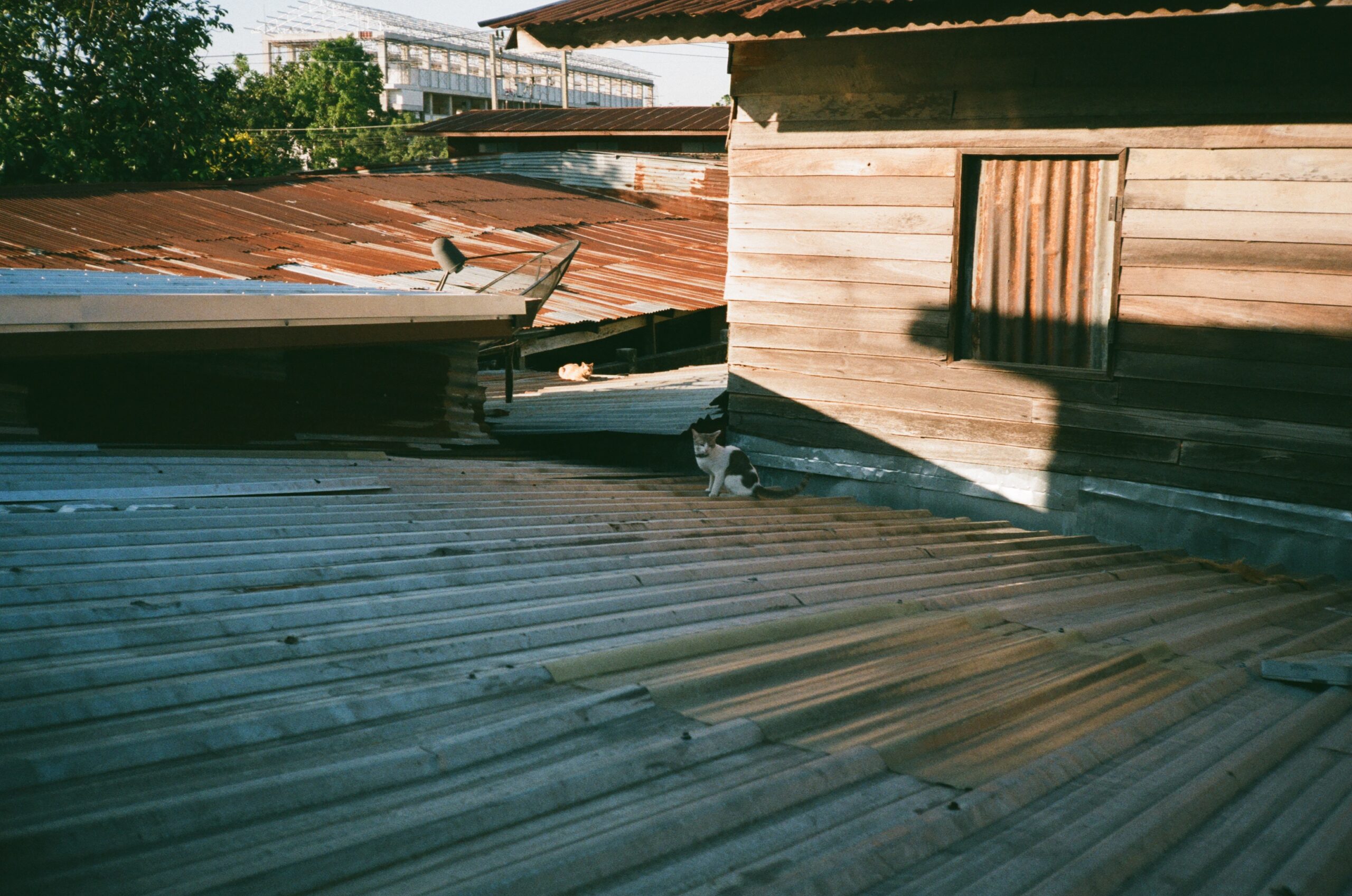
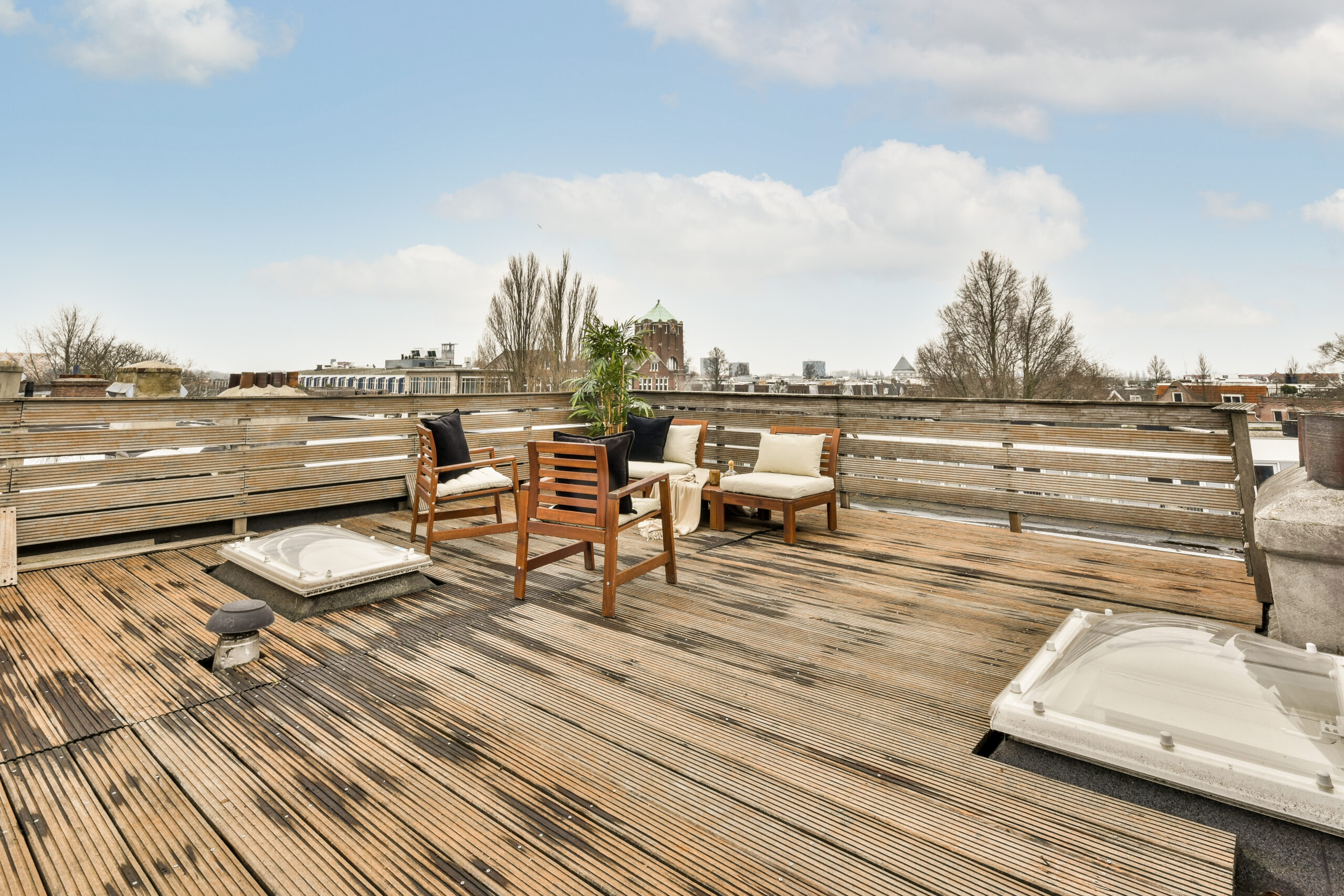
Conclusion
In conclusion, recognizing the signs indicating the need for deck replacement is essential for maintaining both safety and aesthetics in your outdoor space. Whether it’s addressing structural damage, wood rot, loose boards, fading, or considering the age of the deck, prioritizing timely maintenance and replacement ensures the longevity and functionality of your deck. We encourage homeowners to conduct regular inspections and seek professional guidance if any signs of deterioration are present. Remember, investing in your deck’s upkeep not only enhances your home’s value but also ensures a safe and enjoyable outdoor environment for years to come.





